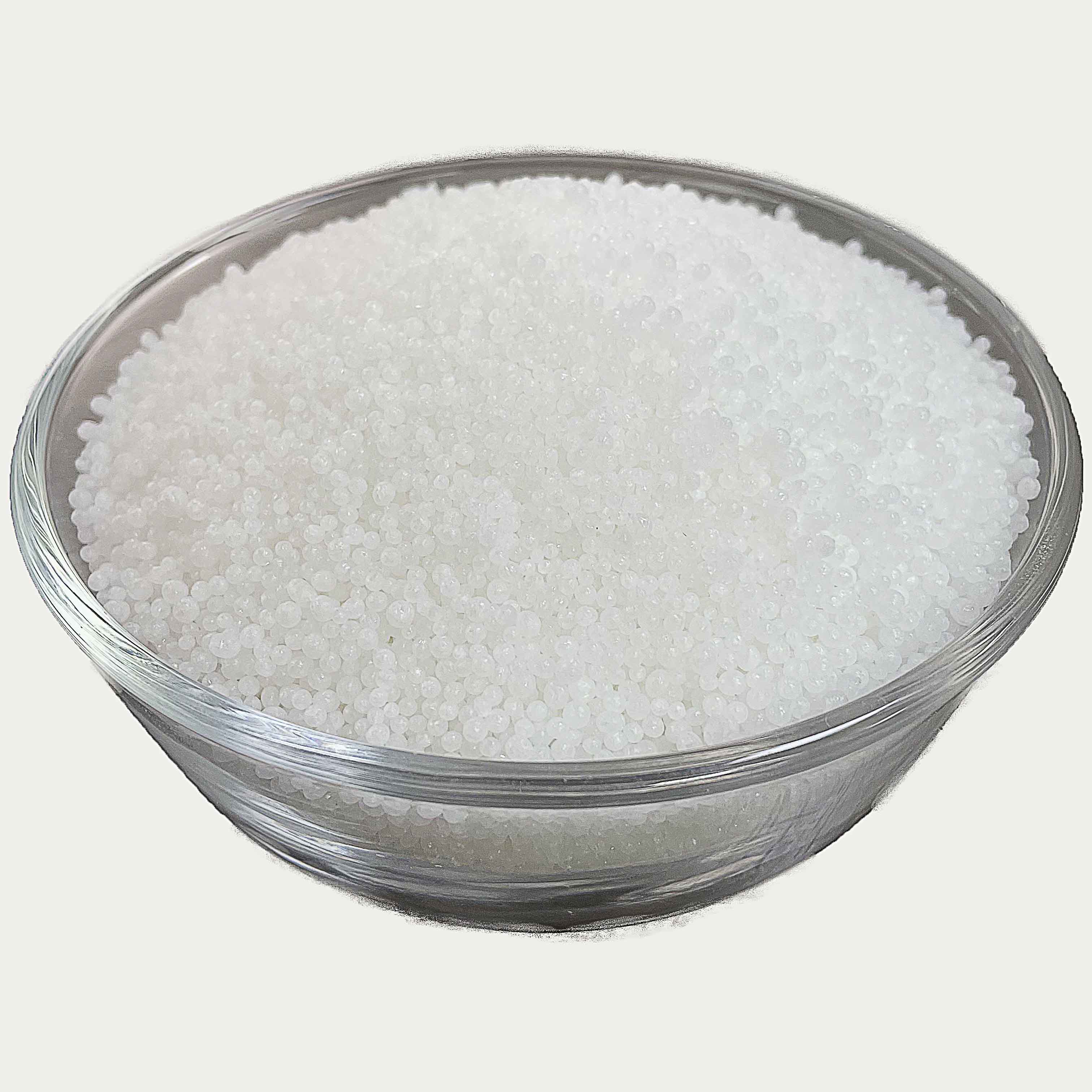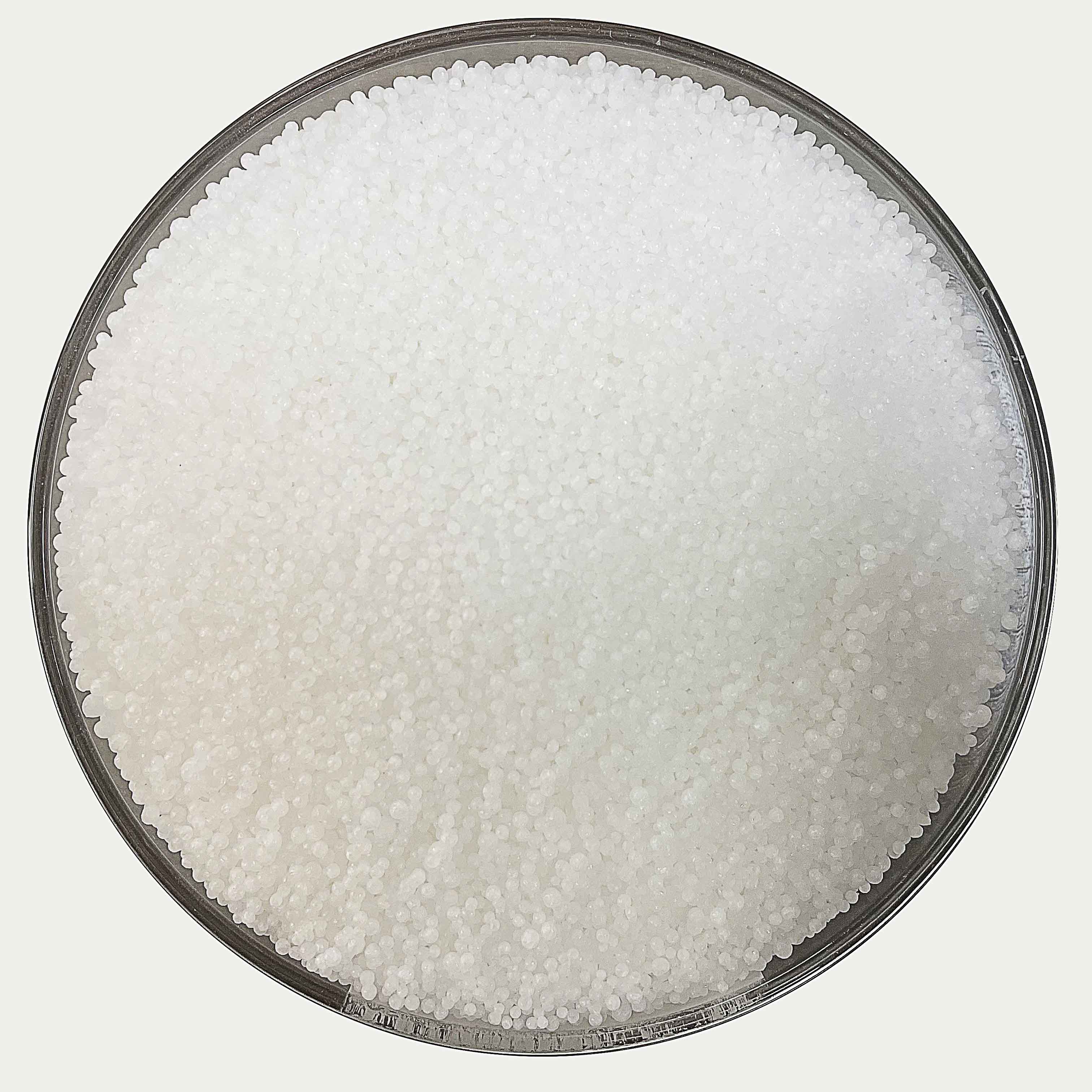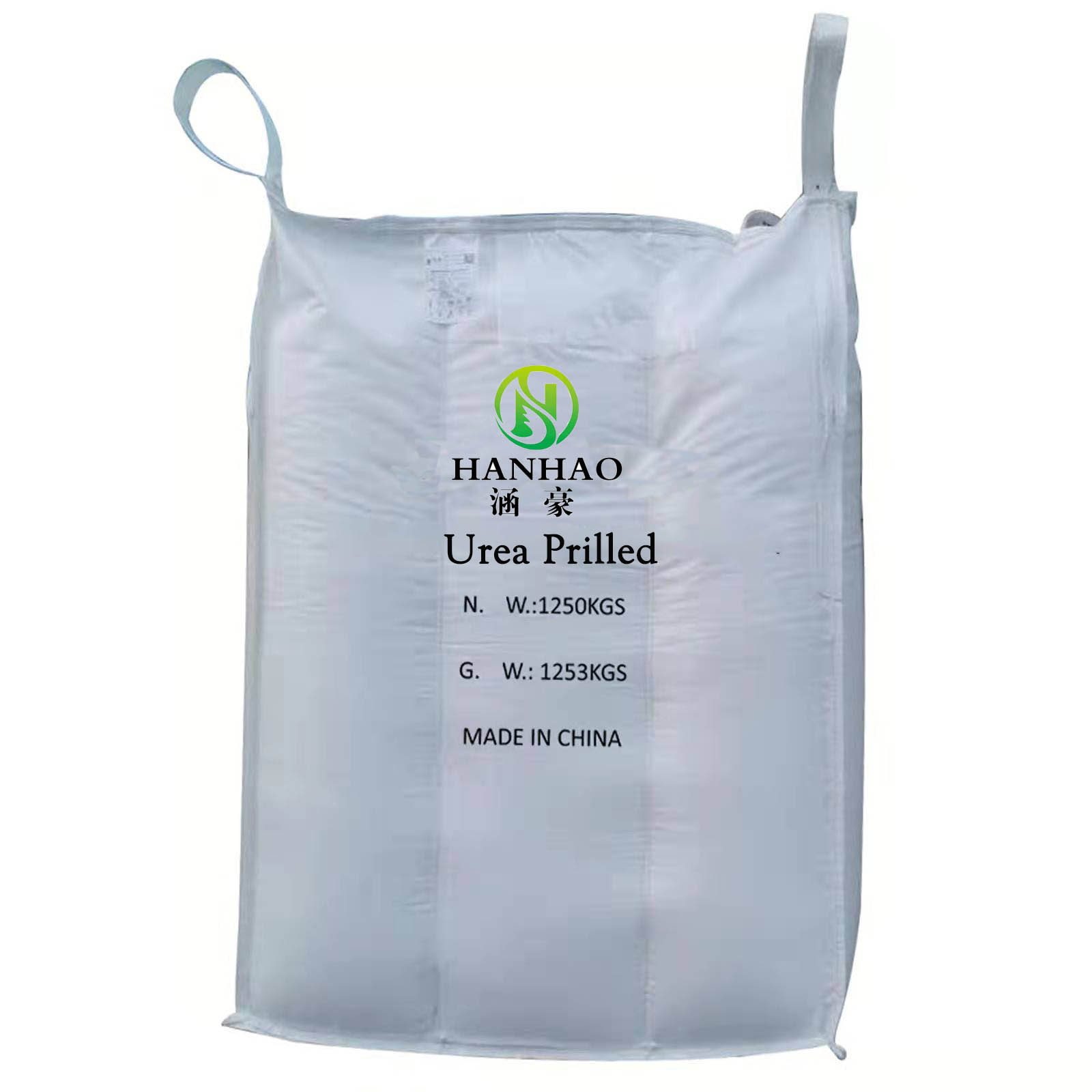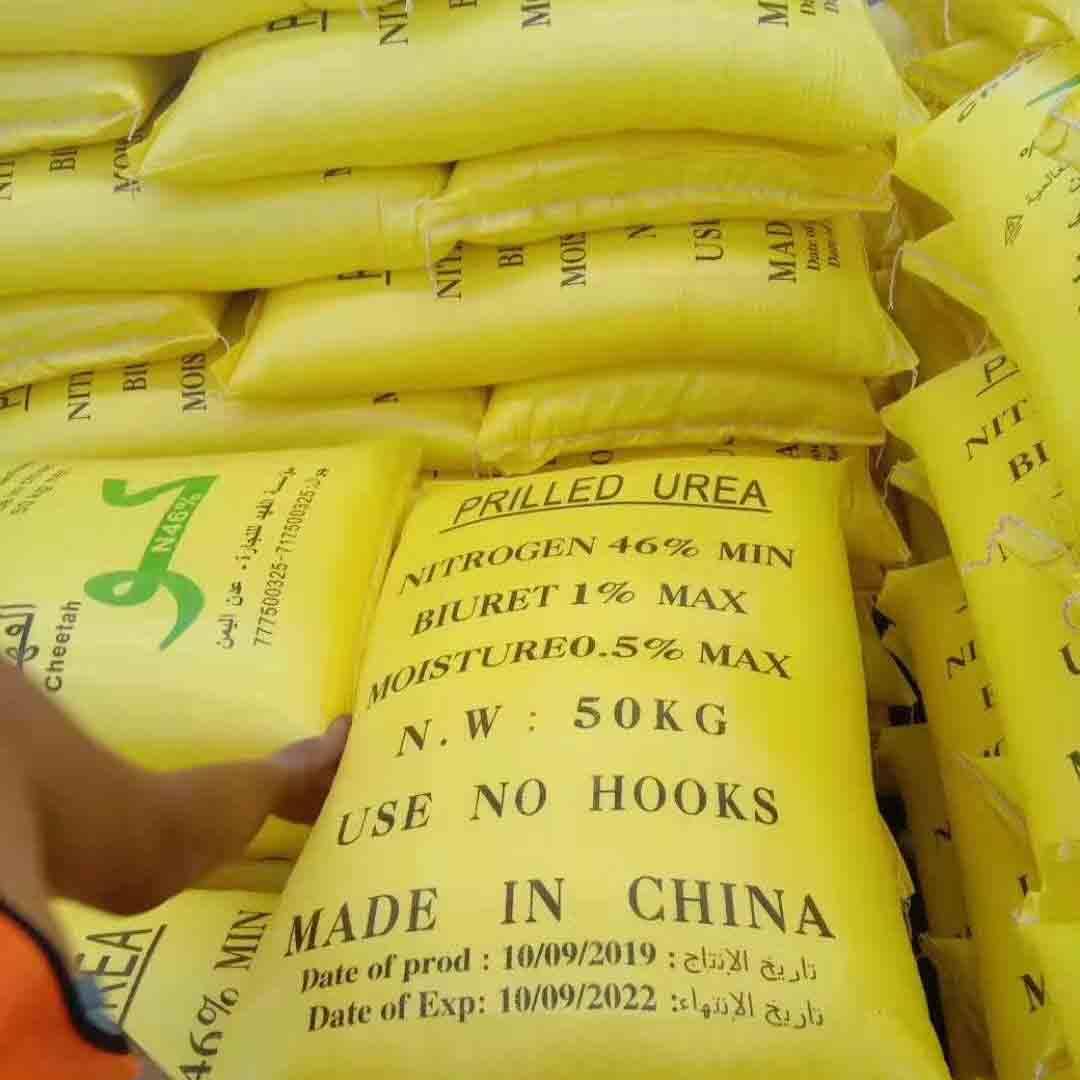
Sep . 19, 2025 10:20 Back to list
10-10-10 Organic Fertilizer for Balanced Plant Growth
Strategic Nutrient Management with Balanced Organic Fertilizers
In the evolving landscape of sustainable agriculture and horticulture, the demand for effective, environmentally responsible nutrient solutions is paramount. Modern farming practices increasingly prioritize not only crop yield but also soil health and ecological balance. This paradigm shift underscores the critical role of balanced organic fertilizers, designed to deliver essential macronutrients while enhancing soil biology.
Among these, a product like 10 10 10 fertilizer organic represents a cornerstone for comprehensive plant nutrition. This formulation, signifying 10% Nitrogen (N), 10% Phosphorus (P), and 10% Potassium (K), offers a perfectly balanced nutrient profile crucial for a wide array of crops throughout various growth stages. Its organic nature further appeals to B2B segments focused on sustainable supply chains, regulatory compliance, and consumer preference for organically grown produce.
Industry Trends: The Surge in Sustainable Agriculture
The global agricultural sector is experiencing a significant pivot towards sustainability, driven by stringent environmental regulations, growing consumer awareness, and the undeniable impacts of climate change. This trend is manifesting in a heightened demand for products like 10 10 10 NPK fertilizer derived from organic sources. Key trends include:
- Organic Farming Expansion: Certified organic land and sales continue to grow globally, necessitating a steady supply of compliant inputs.
- Soil Health Prioritization: Focus on soil microbiome, carbon sequestration, and long-term fertility, where organic inputs excel over synthetic alternatives.
- Precision Agriculture Integration: While often associated with synthetic inputs, precision techniques are increasingly applied to optimize organic fertilizer distribution and efficacy.
- Water Quality Protection: Reduced risk of nutrient runoff and leaching associated with slow-release organic formulations, supporting stricter water quality standards.
- Bio-stimulant Synergy: The integration of organic fertilizers with bio-stimulants for enhanced nutrient uptake and plant resilience.
These shifts emphasize the commercial viability and ecological imperative behind investing in high-quality 10 10 10 organic fertilizer solutions for industrial agriculture, specialized horticulture, and professional landscaping.
Manufacturing Process of 10-10-10 Organic Fertilizer
The production of a high-quality 10 10 10 fertilizer organic involves a meticulous process designed to preserve nutrient integrity, ensure consistent formulation, and meet stringent organic certification standards. Unlike synthetic fertilizers that rely on chemical synthesis, organic variants leverage natural biological and physical processes.
Detailed Process Flow:
- Raw Material Sourcing: Selection of certified organic nutrient sources. For Nitrogen, this might include feather meal, bone meal, blood meal, composted manures, or plant-based proteins. Phosphorus often comes from rock phosphate or bone meal. Potassium can be sourced from kelp meal, wood ash, or greensand. All materials undergo strict vetting to ensure compliance with organic standards (e.g., OMRI, USDA Organic).
- Pre-Processing & Pulverization: Raw materials are received, inspected, and then mechanically processed. This may involve crushing, grinding, or milling to achieve a fine, uniform particle size. This step is critical for efficient blending and nutrient availability.
- Precision Blending: The pre-processed ingredients are weighed precisely according to the 10-10-10 NPK ratio. Advanced industrial blenders ensure homogeneous mixing, crucial for consistent nutrient delivery in the final product. This stage is paramount for achieving the specified nutrient analysis.
- Granulation (Optional but Preferred): The blended material is then granulated. This process can involve wet granulation (using binders like lignin or molasses, followed by drying) or dry compaction/granulation. Granulation improves handling, reduces dust, and facilitates even application in the field.
- Drying & Cooling: If wet granulation is used, the granules are dried in rotary dryers to reduce moisture content to an optimal level (typically
- Screening & Sizing: Dried and cooled granules are passed through industrial screens to ensure uniform particle size. Off-spec material is re-processed. This step adheres to quality standards for application equipment calibration.
- Coating (Optional): A light, non-toxic, organic-compliant coating may be applied to reduce dust, improve flowability, and minimize nutrient degradation.
- Quality Control & Packaging: Final product samples undergo rigorous testing (e.g., ISO 17025 accredited labs) for NPK analysis, heavy metals, pathogens, moisture content, and particle size distribution. Once approved, the product is packaged in durable, moisture-resistant bags, ensuring product integrity during transport and storage.
Target Industries: Organic farming operations (row crops, specialty crops), vineyards, orchards, nurseries, professional turf management, and large-scale landscape projects. The advantages include enhanced soil microbial activity, slow and sustained nutrient release, reduced environmental impact, and improved water retention properties.

Schematic of organic fertilizer granulation process.
Technical Specifications and Parameters of 10-10-10 Organic Fertilizer
Understanding the technical specifications of 10 10 10 NPK fertilizer is crucial for B2B procurement and agricultural engineers to ensure optimal application and expected performance. This balanced formulation signifies a precise commitment to providing equal parts of the three primary macronutrients essential for plant growth and development.
Key Parameters:
- Nitrogen (N): 10% (Derived from sources like feather meal, alfalfa meal, soybean meal, compost). Essential for vegetative growth, chlorophyll production, and protein synthesis.
- Phosphorus (P): 10% (Expressed as P2O5, derived from soft rock phosphate, bone meal). Critical for root development, flowering, fruiting, and energy transfer within the plant.
- Potassium (K): 10% (Expressed as K2O, derived from sulfate of potash (organic-compliant form), greensand, kelp meal). Vital for water regulation, disease resistance, and overall plant vigor.
- Organic Matter Content: Typically ranges from 40-70%, enhancing soil structure, water retention, and microbial activity.
- Moisture Content: Usually
- Particle Size Distribution: Critical for even spreading; often specified as 2-4 mm granules (90% minimum passing).
- Bulk Density: Varies by formulation, generally 700-850 kg/m³, important for storage and application equipment calibration.
- pH: Typically near neutral, contributing to balanced soil pH without significant acidic or alkaline shifts.
Product Specification Table: Organic 10-10-10 Fertilizer (Granular)
The consistent and verifiable nature of these specifications for 10 10 10 organic fertilizer provides a strong foundation for B2B buyers to make informed decisions regarding product quality and application effectiveness.
Application Scenarios and Technical Advantages
The versatility of 10 10 10 organic fertilizer makes it an indispensable tool across diverse agricultural and horticultural applications. Its balanced nutrient profile supports robust growth from seedling to harvest, while its organic composition offers a suite of technical advantages over conventional synthetic alternatives.
Key Application Scenarios:
- Vegetable & Row Crops: Ideal for balanced nutrition during critical growth phases, promoting strong vegetative growth, robust flowering, and consistent fruit development. Examples include corn, soybeans, leafy greens, tomatoes, and peppers.
- Orchards & Vineyards: Supports overall tree/vine health, fruit set, and quality. Regular application helps maintain soil fertility in perennial systems.
- Horticulture & Nurseries: Provides sustained nutrition for ornamental plants, shrubs, and trees in container111 production or landscape installations, fostering healthy root systems and vibrant foliage.
- Turf Management: Promotes dense, healthy turf with improved drought and disease resistance, suitable for golf courses, sports fields, and commercial landscaping requiring organic maintenance.
- Restoration & Reclamation Projects: Aids in establishing vegetation in disturbed soils, improving soil structure and nutrient availability for long-term ecological recovery.
Technical Advantages:
- Enhanced Soil Health: Organic matter acts as a food source for beneficial soil microorganisms, increasing microbial diversity and activity. This improves nutrient cycling and soil aggregation, leading to better soil structure and reduced compaction.
- Slow-Release Nutrition: Nutrients are released gradually as organic matter decomposes, minimizing leaching and runoff. This provides a steady supply of nutrients, reducing the need for frequent applications and ensuring plants receive nutrition when they need it most. This contrasts sharply with the rapid flush often seen with 10 10 10 water soluble fertilizer, offering a more sustainable approach.
- Improved Water Retention: Organic matter significantly increases the soil's water-holding capacity, reducing irrigation frequency and mitigating drought stress, particularly beneficial in regions facing water scarcity.
- Reduced Chemical Inputs: By enhancing natural soil fertility, organic fertilizers can decrease reliance on synthetic pesticides and herbicides, fostering a healthier ecosystem.
- Buffering Capacity: Organic matter helps buffer soil pH changes, making nutrients more available to plants across a wider pH range and stabilizing the growing environment.
- Root Zone Development: Improved soil structure and microbial activity encourage vigorous root growth, leading to stronger, more resilient plants that can better withstand environmental stresses.

Healthy plant growth supported by balanced organic nutrients.
Vendor Comparison and Customized Solutions
Selecting the right supplier for 10 10 10 fertilizer organic is a strategic decision for B2B operations, impacting everything from crop performance to supply chain reliability and sustainability credentials. A thorough vendor comparison goes beyond pricing to evaluate product quality, consistency, certification, and service capabilities.
Key Considerations for Vendor Selection:
- Certifications: Verify OMRI Listed, USDA Organic, or equivalent international organic certifications. These assure adherence to organic standards.
- Raw Material Sourcing: Transparency in sourcing organic inputs and their sustainability practices.
- Manufacturing Quality: ISO 9001 certification for quality management systems in manufacturing. Consistency in NPK analysis and physical properties.
- Product Portfolio: Does the vendor offer a range of products, including alternatives like 10 20 20 fertilizer or 10 30 10 fertilizer, for varied crop needs?
- Technical Support: Availability of agronomists or technical experts for application guidance and troubleshooting.
- Logistics & Supply Chain: Reliability in delivery, packaging options (bulk, bags), and lead times.
Product Comparison: Organic 10-10-10 vs. Related Formulations
Customized Solutions:
Recognizing that diverse agricultural operations have unique needs, leading manufacturers offer customized organic fertilizer blends. This involves tailoring NPK ratios and micronutrient profiles based on soil analysis, specific crop requirements, and climate conditions. For example, a client focused on intensive vegetable production in depleted soils might require an enhanced trace element package in their 10 10 10 fertilizer organic blend, or a slight adjustment to the K ratio if existing soil tests indicate deficiency. Collaborating with a responsive supplier capable of bespoke formulations ensures optimized nutrient delivery and maximizes return on investment.
Application Case Studies & Experience
Real-world application demonstrates the tangible benefits of integrating 10 10 10 fertilizer organic into commercial agricultural strategies. These case studies highlight improved crop performance, enhanced soil health, and increased sustainability.
Case Study 1: Large-Scale Organic Vegetable Farm
A 500-acre organic vegetable farm in California, specializing in leafy greens and brassicas, transitioned from a multi-component organic input system to a simplified, standardized application of 10 10 10 fertilizer organic. Prior to the change, the farm faced challenges with consistent nutrient delivery and labor-intensive multi-product application. After adopting our granular 10-10-10 organic blend:
- Outcome: Average yield increase of 8-12% across target crops.
- Soil Health: Soil organic matter content increased by an average of 0.5% annually, leading to improved water infiltration and reduced irrigation needs by 15%.
- Efficiency: Streamlined application process, reducing labor costs by 20% due to fewer product applications and easier handling.
- Customer Feedback: "The consistency and balanced nutrition of the 10-10-10 organic has not only boosted our yields but significantly improved our soil's resilience. It's a foundational product for our organic program." - Farm Manager.
Case Study 2: Commercial Orchard Management
A commercial apple orchard, operating on sustainable practices, sought to enhance fruit quality and tree vigor without relying on synthetic inputs. They integrated a targeted application of 10 10 10 fertilizer organic during critical pre-bloom and post-harvest periods. This strategy aimed to support both vegetative growth and fruit development sustainably.
- Outcome: Noticeable improvement in fruit size uniformity and Brix levels (sugar content) by an average of 0.5 points.
- Tree Health: Enhanced tree canopy density and overall tree health, with reduced susceptibility to common fungal diseases, attributed to stronger plant defenses.
- Environmental Impact: Significant reduction in nutrient leaching into groundwater, confirmed by soil and water sampling over three seasons.
- Customer Feedback: "Our apples have never looked better, and our soil tests show continuous improvement. This organic 10-10-10 is key to our long-term orchard health." - Orchard Owner.

Successful application leading to robust crop development.
Trustworthiness & Comprehensive Support ( Principles)
Establishing trust and demonstrating authority are paramount in B2B transactions. Our commitment to expertise, experience, authoritativeness, and trustworthiness () is foundational to our operations and product offerings, including our premium 10 10 10 fertilizer organic.
Authoritativeness:
- Certifications: Our manufacturing facilities are ISO 9001:2015 certified for Quality Management Systems, ensuring consistent product quality. Our organic fertilizer products are OMRI Listed (Organic Materials Review Institute) and certified by recognized organic authorities, validating their suitability for certified organic production.
- Industry Leadership: With over 15 years of dedicated service in the agricultural input sector, we have established ourselves as a reliable partner for commercial growers and distributors.
- Research & Development: Continuous investment in R&D, collaborating with agricultural universities and research institutions to innovate and improve our formulations, including granular 10 20 20 fertilizer for sale and other specialized blends.
- Partner Clients: We proudly serve a portfolio of leading organic farms, agricultural cooperatives, and professional landscaping firms globally.
Trustworthiness:
Frequently Asked Questions (FAQ):
- Q: Is 10-10-10 organic fertilizer suitable for all crops?
- A: While its balanced NPK ratio makes it suitable for a wide range of crops at various growth stages, specific crop needs or soil deficiencies may warrant a tailored blend (e.g., 10 26 26 water soluble fertilizer for high potassium demands, or 10 20 20 lawn fertilizer for turf establishment).
- Q: What is the typical lead time for large orders?
- A: Standard lead time for bulk orders is typically 2-4 weeks, depending on volume and customization. We maintain strategic inventory levels and offer expedited options for urgent requirements.
- Q: What is your warranty policy?
- A: We offer a comprehensive quality guarantee, ensuring our products meet or exceed the published specifications and organic certifications. Any product failing to meet these standards will be replaced or refunded, subject to our terms and conditions.
Lead Time & Fulfillment:
We operate a robust supply chain management system to ensure timely delivery. Our logistical network supports global distribution, with flexible packaging options from bulk super sacks (1000kg) to 25kg bags. Lead times are communicated clearly at order confirmation, and dedicated account managers track fulfillment from production to delivery.
Customer Support & Technical Assistance:
Our commitment extends beyond product delivery. We provide expert agronomic support and technical assistance to help clients optimize application strategies, conduct soil analysis interpretations, and troubleshoot any field-related challenges. Our team is accessible via phone, email, and dedicated online portals, ensuring professional and prompt responses.

Quality control and packaging for consistent product delivery.
Conclusion: The Future of Sustainable Plant Nutrition
The role of balanced organic fertilizers, particularly formulations like 10 10 10 fertilizer organic, is increasingly central to modern sustainable agriculture. Their ability to deliver comprehensive plant nutrition while simultaneously enriching soil health and minimizing environmental impact positions them as a cornerstone for future farming practices. As the industry continues to prioritize ecological stewardship and long-term productivity, the demand for high-quality, certified organic inputs will only intensify.
For B2B stakeholders, investing in expertly manufactured and reliably sourced 10-10-10 organic fertilizer is not merely a purchasing decision; it is a commitment to a more resilient, productive, and sustainable agricultural future. By understanding the intricate manufacturing processes, adhering to rigorous technical specifications, and leveraging expert vendor partnerships, businesses can unlock the full potential of organic plant nutrition and contribute to a healthier planet.
Authoritative References
- United States Department of Agriculture (USDA) National Organic Program. Available at: www.ams.usda.gov/grades-standards/organic-standards
- Organic Materials Review Institute (OMRI). OMRI Standards and Product Listing. Available at: www.omri.org
- International Organization for Standardization (ISO). ISO 9001:2015 Quality Management Systems – Requirements. Available at: www.iso.org
- Brady, N. C., & Weil, R. R. (2017). The Nature and Properties of Soils (15th ed.). Pearson Education.
- FAO (Food and Agriculture Organization of the United Nations). (2019). The State of Food and Agriculture 2019. Moving forward on food loss and waste reduction. Rome.
-
Organic Slow Release Lawn Fertilizer - Sustainable Lawn Care Solutions
NewsNov.19,2025
-
Organic Time Release Fertilizer – Sustainable, Efficient Nutrient Delivery for Modern Farming
NewsNov.19,2025
-
Organic Urea Fertilizer: Sustainable Nitrogen for Smarter Farming Solutions
NewsNov.18,2025
-
Organic Veg Fertilizer: Sustainable Solutions for Better Vegetable Growth
NewsNov.18,2025
-
Organic Vegetable Fertilizer: Sustainable Growth for Healthier Gardens and Farms
NewsNov.17,2025
-
Organic Vegetable Garden Fertilizer: Sustainable Growth for Healthy Soils
NewsNov.17,2025
